This story has become something of a New Year’s tradition here at Classic Driver. What began as a simple list of 10 cars that the experts thought would find favour in the following 12 months has turned into an in-depth analysis of the nuances of and trends in the collector car market. In 2019, said market was defined by caution and pragmatism. Now so more than ever, quality plays the greatest role when it comes to values. Our experts were unanimous in their opinion that only the truly exceptional and unrepeatable cars are commanding great prices while everything else is harder work than in previous years. Of course, values aren’t everything and the following cars serve to remind us of the myriad non-financial joys to be had from our wonderful hobby. These are by no means investment tips, but rather the cars you can expect to see gracing your magazine pages, social media feeds and event entry lists in 2020. Happy New Year!
The next level
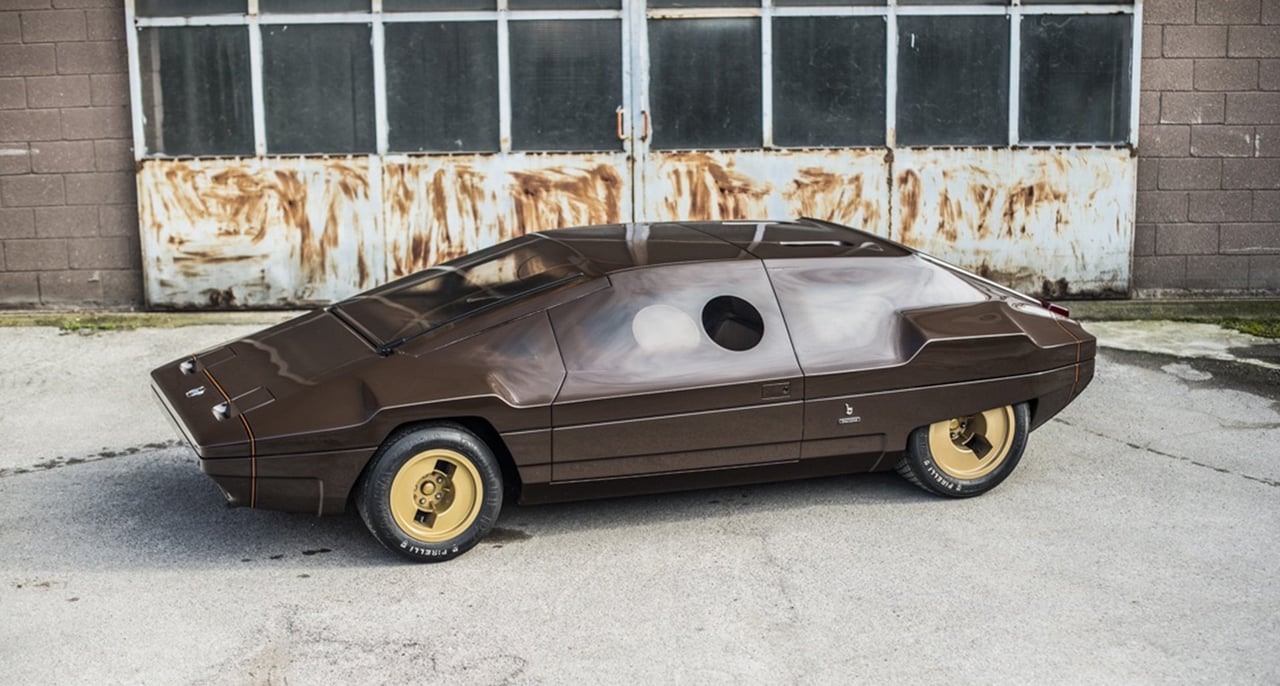
“If you really want to stand out in today’s classic car world, it’s no longer enough to simply own an Aston Martin DB5 or Mercedes-Benz 300SL,” claims Max Girardo of Girardo & Co., citing fully functioning prototypes and one-off show cars such as Philip Sarofim’s utopian Lancia Stratos Zero as the cars to watch in 2020. “Whether it’s from the 1960s, ’70s, ’80s or ’90s, there are so many weird and wonderful prototypes and unique concepts that might be divisive but are different and genuinely interesting. And in today’s market, different and interesting are exactly what collectors want.” While Girardo thinks the audacious 1970s wedge-era concepts pack the greatest visual punch, he personally finds the plethora of bizarre creations commissioned by the Sultan of Brunei in the 1990s such as the Ferrari 456 Venice and the Bentley Java the most fascinating.
The most sensible dream car in the world
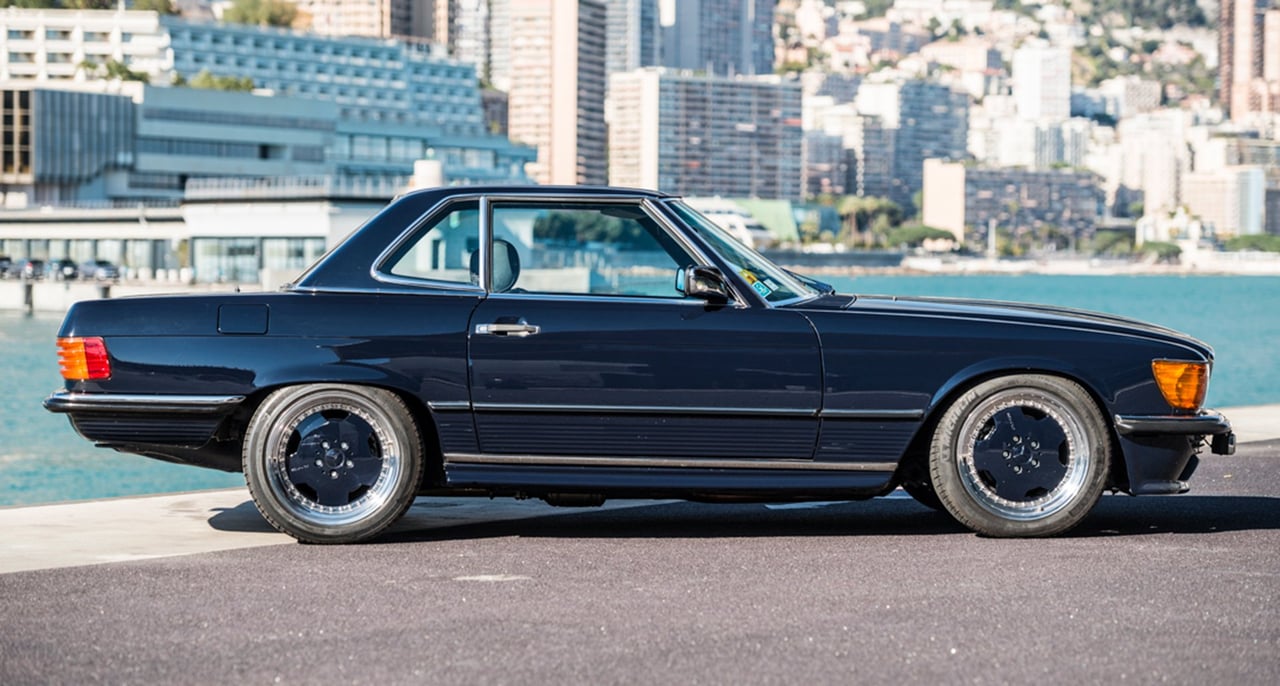
For Dietrich Hatlapa of the Historic Automobile Group International (HAGI), the increased caution exercised by buyers in today’s market lends itself to classic Mercedes-Benzes, a sector of the market which has remained steadier than any other in the last 12 months according to its HAGI index, having grown by just 0.07 percent. By comparison, Ferrari was down 9.67 percent. “That’s a sign that buyers are not venturing too far from the norm,” he comments. “Mercedes values are low compared to other prestigious manufacturers thanks to much greater production numbers, but the cars are mechanically reliable and the parts provision from Mercedes-Benz Classic is second to none.” Mercedes’ cars are, according to Hatlapa, more attractive to those who want to use and enjoy them with minimal hassle. “At the moment I’d go for an R107-generation SL, a car once billed as ‘the most sensible dream car in the world’,” he continues. “They’re old, shiny and glamorous enough to be deemed a classic but young and well-built enough to be used regularly and without stress.” Over 237,000 R107s were built in the model’s mammoth 18-year production from 1971 to 1989, 62 percent of which wound up stateside. For boardroom credibility and absolute punctuality, the 227HP V8-powered 560 SL is the car for you.
Cheap thrills
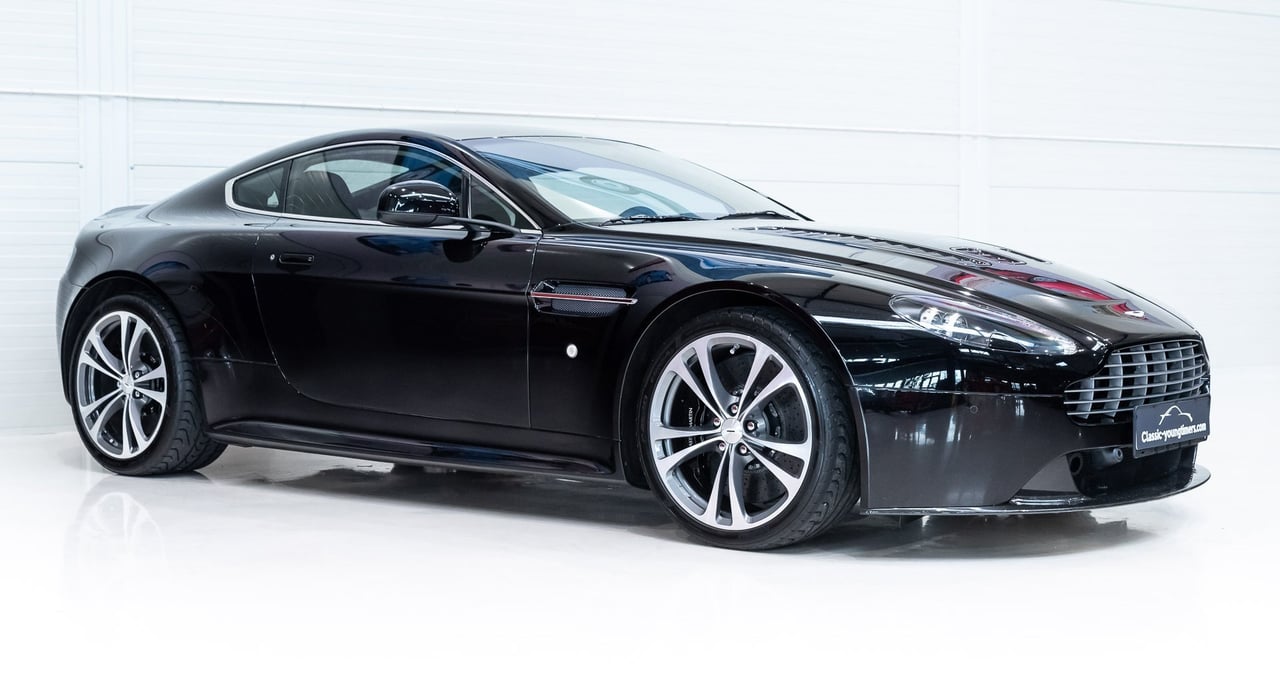
Rare, post-2000 manual sports cars that are as great to drive as they are to look at and can be snagged for well below 100,000 euros – that’s what Dylan Miles will be keeping a close eye on in 2020. “The BMW Z4 M Coupé is a car that’s chronically undervalued considering its rarity, style and driving experience,” he points out. “The original Porsche 996 GT3 is also a very interesting car to look at right now, as well as the first-generation Aston Martin V12 Vantage with the six-speed manual gearbox.” A quick browse in the Classic Driver Market presents a stunning low-mileage Clubsport example of the Porsche 996 GT3 finished in rare Carrera White. We don’t think 80,000 euros is an unreasonable price to pay for one of the most widely revered driver’s cars ever produced and the genesis of what’s been – and remains – one of Porsche’s most successful models. Plus, who doesn’t love a narrow-bodied Porsche 911?
The Ultimate Driving Machine
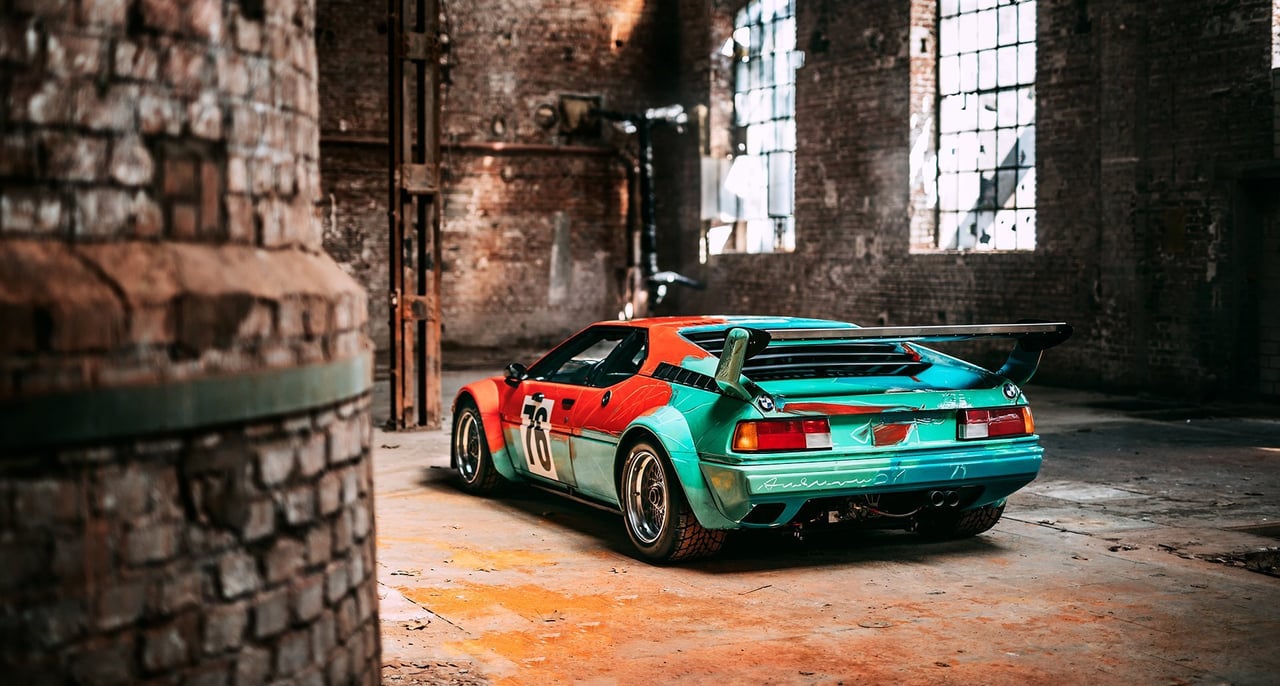
If you’ve ever had the pleasure of watching a BMW M1 Procar at full chat, the soul-stirring straight-six symphony will likely remain in your memory forever. But Simon Kidston of Kidston SA believes the sleek Bavarian racer is bang on the money in terms of what today’s collectors want. “I recently posted a photo of an M1 Procar on my Instagram account and the response was overwhelming,” he recalls. “I had so many people telling me how they used to lust after these cars when they were young and asking where they could find a good one to buy.” What’s more, this year’s prestigious Concorso d’Eleganza Villa d’Este will feature a class titled ‘From Swinging Sixties to Awesome Eighties: Two decades of endurance racing’, ripe for evocative cars such as the M1. Kidston is delighted: “I think it’s really important for major concours events to reflect the changing tastes and younger buyers in today’s market”. Procar owners could therefore soak up both the atmosphere of Lake Como and the adrenalin that comes from competing at the Le Mans Classic in 2020. And for a car that wasn’t built in the 1950s or ’60s, that’s a serious bragging point. Dylan Miles agrees, referencing the Procar’s eligibility and competitiveness as its trump cards, but he also presents a case for the regular M1, of which just 453 were built. “They cause a stir wherever they go and they’re incredibly reliable and capable long-distance GT cars.”
A distinguished delight
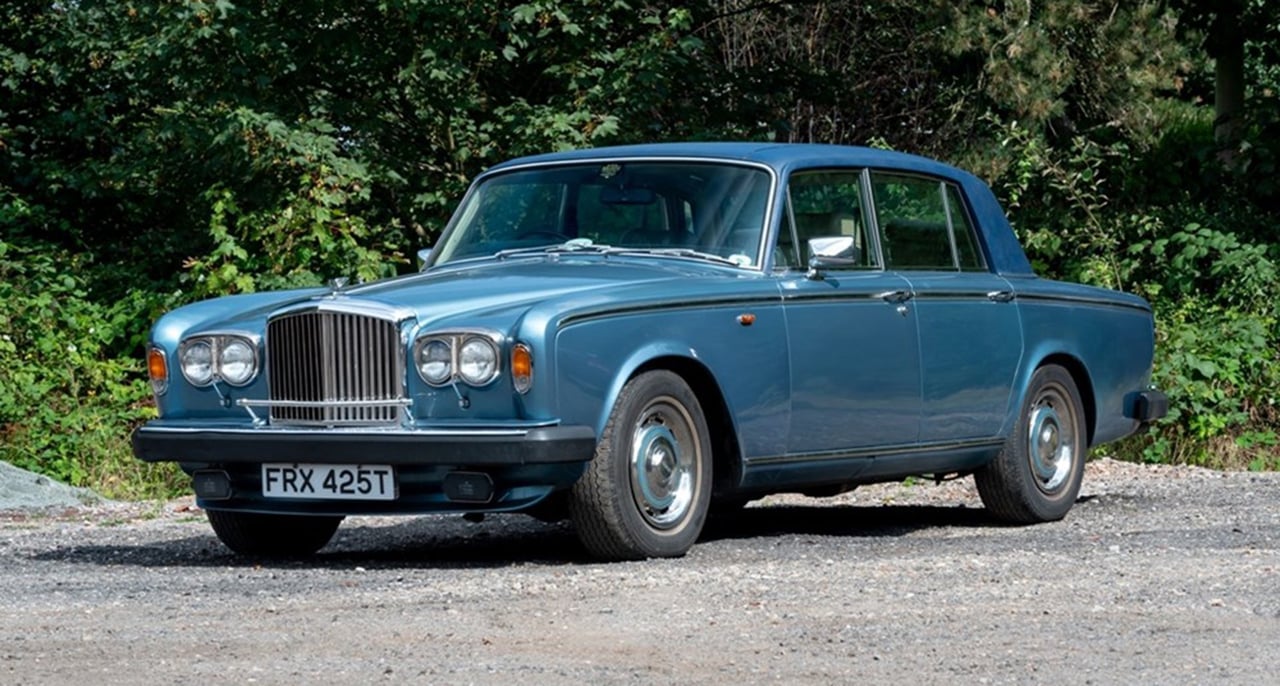
“I think a pre-Volkswagen-era Bentley is always a good car to buy,” says Graeme Hunt, London’s most gentlemanly classic car dealer who cut his teeth working for the famous Bentley and Rolls-Royce dealer Jack Barclay. “I’m not saying they’re inflation proof, but from my experience they really don’t seem to fluctuate over time. Take a sound Bentley T2, for example – in the last three years, the handsome saloon has not been affected by the widespread market correction. If anything, it’s gone up in price and the same can be said of the Rolls-Royce Corniche.” Fewer than 570 Bentley T2s were hand-built in Crewe between 1977 and 1980 (versus a whopping 8,425 of the equivalent Rolls-Royce Silver Shadow II) and we can guarantee a greater sense of theatre every time you open the door than in a lifetime with a banal modern German saloon for the same money.
Like it or loathe it
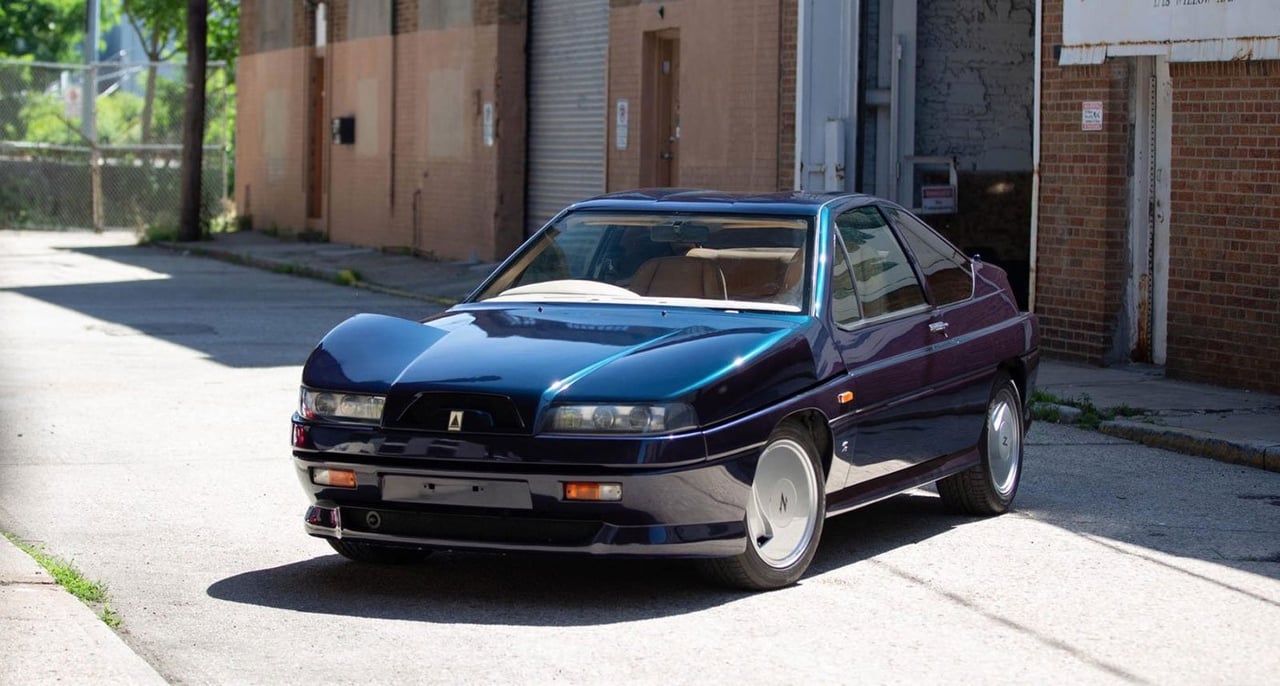
We live in a world where social attitudes towards the car have already begun to swing and future generations could well end up demonising the use of these combustion-engined relics. But if nostalgia or usability won’t factor in a car’s desirability stakes in 50 years’ time, then what will? “Simple,” suggests Arthur Kar, founder of the Paris-based collector car dealership and automotive fashion label L’Art De L’Automobile, “the design”. The opinion polarising Autech Zagato Stelvio is one such car that he believes will stand the test of time. “It’s what I call a real design car,” he explains. “It’s a very different shape and there is no feature on it that’s been lent to any other car – it’s like a unique dress produced only once.” While Kar acknowledges that unobtainable 1960s Ferraris will always be viewed as pieces of art, more affordable cars such as the Stelvio are equally interesting and truly different. And when the use of old cars becomes outlawed, they won’t look out of place in the living room. “When you go to an art fair, you buy a piece because your eyes fall in love with it, not because you were dreaming about it as a child. That the Stelvio is interesting from a design point of view is what makes it beautiful to me”
A glorious case of what could have been
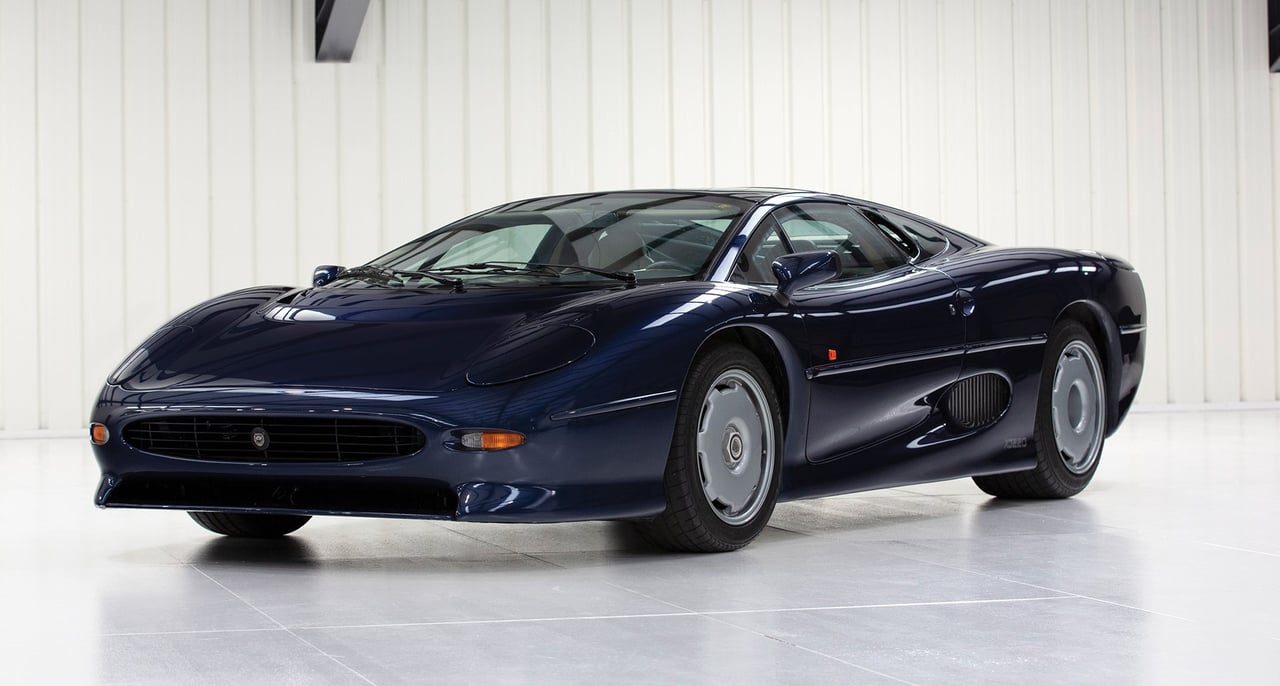
There are two kinds of people in this world: those that remain disappointed that the Jaguar XJ220 is not the V12-powered, scissor-doored, 220mph concept they were promised and those who simply appreciate the turbocharged titan for what it is: a ludicrously quick, spaceship-like supercar that, to this day, will put hairs on the chest of even the most seasoned of drivers. Arno Heirath, founder of the Dutch Classic Driver dealer Classic Youngtimers Consultancy, has seen a rise in demand for the XJ220 sharper than its second-gear acceleration when the boost arrives. “I remember a time in the not-too-distant past when I bought three XJ220s for 150,000 euros each,” he recalls. “I offered all three for 350,000 each and everybody else increased their prices on the back of that. The last example I sold was for 520,000 euros – I think the younger generation, who never expected an entirely different car, have realised what a timeless machine it really is.”
The healing begins
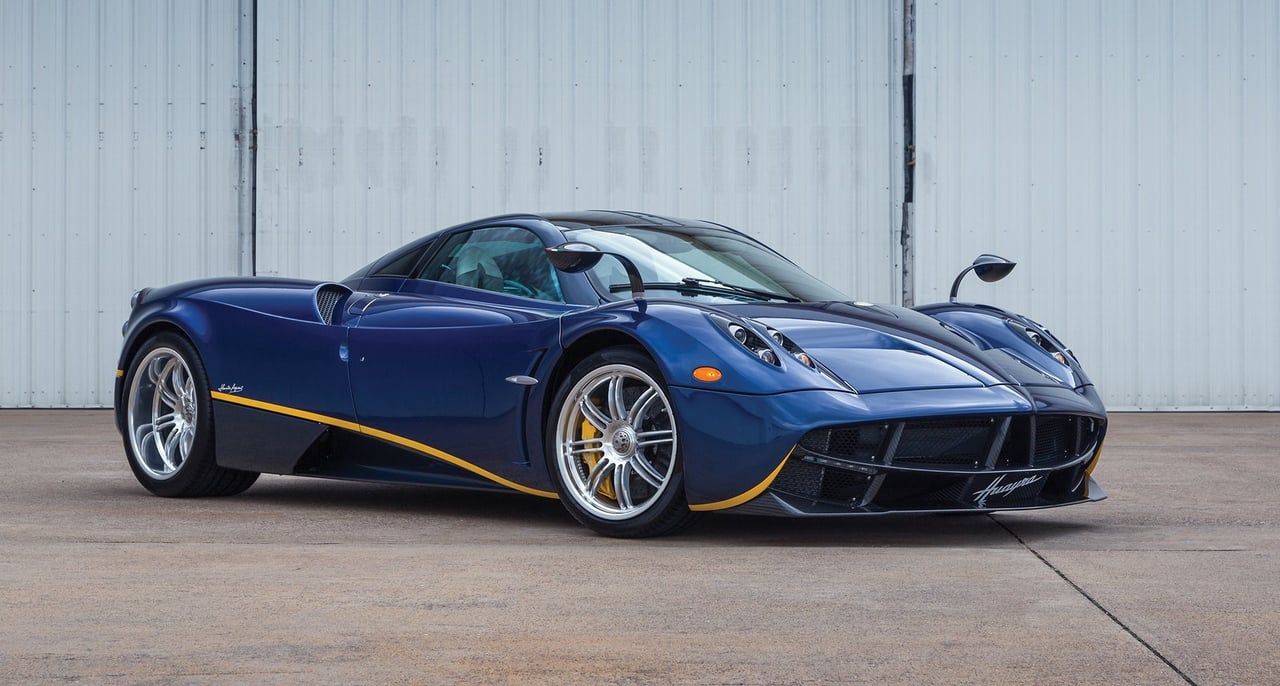
The end is nigh for bullish premiums on so-called special edition supercars reckons James Cottingham of DK Engineering, prompted by what he refers to as ‘model diarrhoea’ from the major carmakers. “Customers and dealers who have been faithful to and spent a lot of money with Ferrari, Porsche and the other major brands have had an excellent time of it in the last four years and enjoyed fantastic premiums,” he explains. “But I can tell you that it’s over – all the manufacturers are guilty of producing too many regular and special edition models and it’s got to the point where people are focusing once again on the cars they can’t build anymore of.” He references an unexpectedly buoyant quarter for the Ferrari 275 GTB and renewed interest in the halo F cars (288 GTO, F40, F50 et al). However, he still believes modern will prevail into the 2020s – more specifically, cars that were built more than four years ago, produced in small (sub-250) numbers and were stonkingly expensive compared to your everyday sports cars but today represent good value compared to the latest and greatest hypercars. To this end, his tip is the Pagani Huayra. “I know it doesn’t have the heart, soul and edgy design of the Zonda, but it’s still a Pagani and when you look at one up close the details are just fantastic,” he continues. “What’s more, only 100 coupés were built and at around £1.5m I think it’s a really interesting proposition, particularly considering how bonkers the Zonda market has gone.
Get out and drive
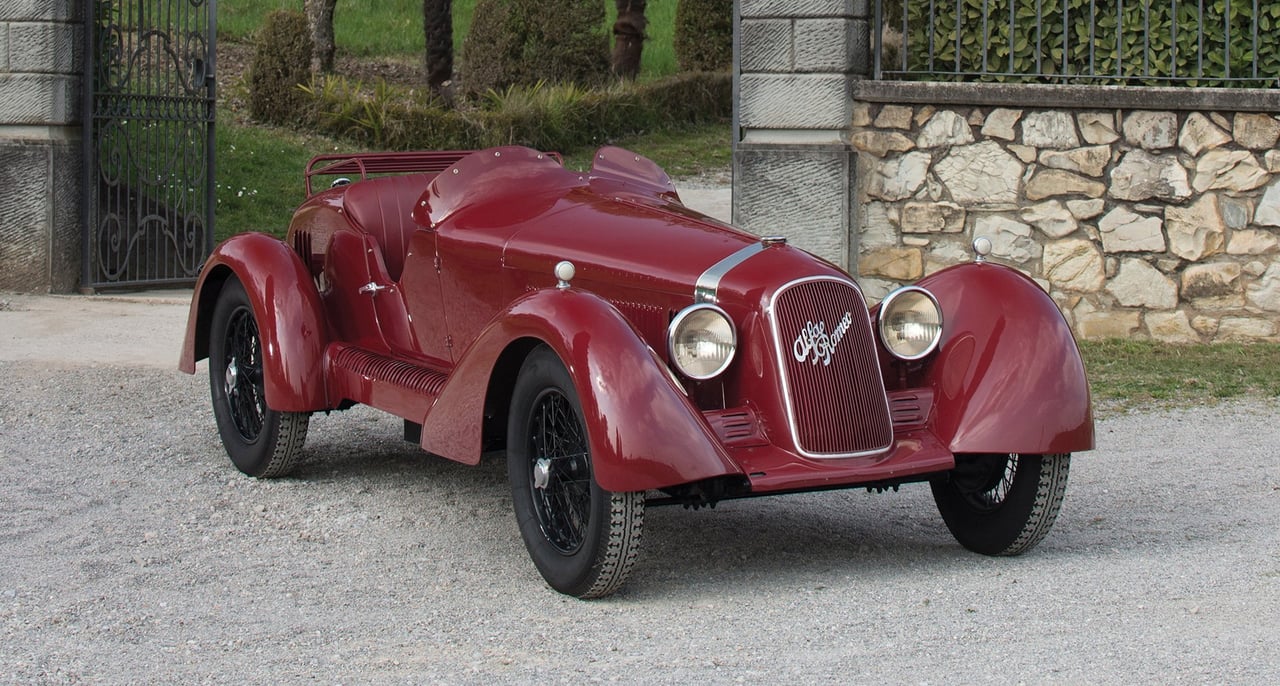
While the so-called ‘youngtimers’ continue to steal a march on the market and the most significant post-War classics remain steadfast in their lofty multi-million-dollar towers, Gooding & Company’s Senior Specialist David Brynan believes that established pre-War sports cars such as the Alfa Romeo 6C 1750 and Bugatti Type 35 will find new favour in 2020. “These are cars that are eligible for virtually every great historic motoring event on the planet, are aesthetically interesting and, to many collectors, represent good value compared to many top-tier post-War models.” What’s more, he points out that they’re fantastic and incredibly rewarding to drive. And in a collectors’ market that’s quite rightly putting the onus more and more on getting out and using old cars as they were intended, that’s a plus point that shouldn’t be taken for granted.
Racing into a future of restriction

Among the most obvious automotive trends in recent years has been the explosion of interest in modern-era endurance racing cars, facilitated by the emergence of several dedicated racing series and events both in Europe and across the pond. And it’s a trend that Jan B. Lühn, who’s been a stalwart supporter of these evocative cars for longer than most, doesn’t anticipate faltering anytime soon. “Of course, cars from the most prestigious brands command higher prices, as do those with Le Mans history, but you’d be surprised how accessible this flourishing world can be,” he says. “An overall or class win at Le Mans can result in a 100-percent premium, but a no-brainer entry-level car would be a Porsche 996 GT3 R, RS or RSR. Sure, the production numbers are huge compared to Ferrari’s, but it’s easy to run and spare parts are readily available.” Such is the demand for the most successful and original Works racers from top-tier collectors that Lühn has often agreed the purchase and subsequent sale of a GTE car before the season has even finished – a stark contrast to the 1950s and ’60s, when redundant racing cars could be bought for pittance.
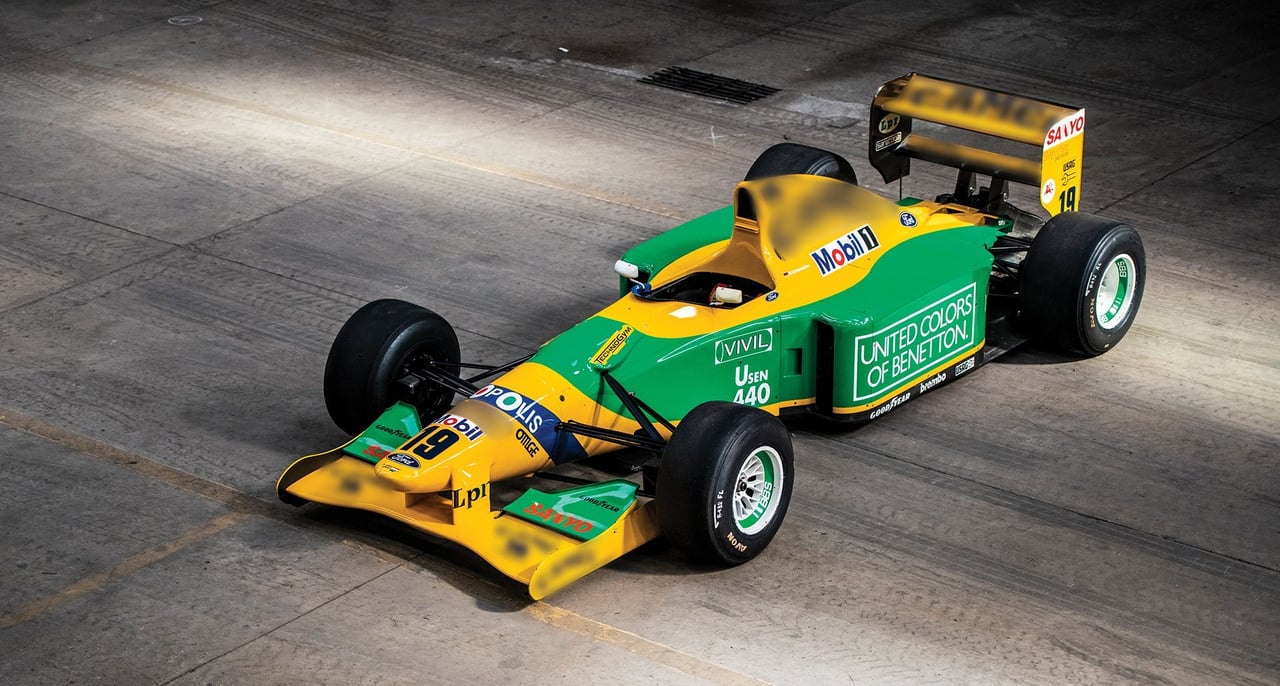
DK’s James Cottingham thinks it’s not just modern sports-racing cars that will continue to increase in popularity, but rather racing cars in general. “Whether we like it or not, it will become more and more difficult to use old cars on the road in the future, so something that will be a talking point in your garage and that can be enjoyed at prestigious events around the world will definitely become more sought after.” He says buying the Le Mans winner isn’t essential, but that period history which results in eligibility is a must. Tom Hartley Jnr concurs, also citing potential future road usage restrictions as a reason. “I think Grand Prix cars are undervalued and have been for some time,” he comments, “Race-winning cars, in particular, are a fantastic centre-piece in any collection and owners can rest assured knowing that they will always receive invitations to the best events.
Modest but mighty

With close to 270,000 passionate and in-the-know followers, the Classic Driver Instagram account is a great way for us to gauge what’s ‘hot’ and what’s not in the automotive world. Combined with our own knowledge, gained through the countless productions, interviews and events we attend throughout the year, we think this makes up perfectly placed to make a prediction for this list. So here goes: the car we think will stir up the greatest hype in 2020 is, drumroll please, the original Volkswagen Golf GTI. As we demonstrated with our recent Fiat Panda 4x4 Meeting in St. Moritz, modest classics that double as alternative fashion statements are hot property right now. And as we discovered when we posted a quirky and rare Volkswagen Golf GTI Pirelli Edition on Instagram on Christmas Eve, the widely held original ‘hot hatch’ is a car that resonates with a lot of people – particularly baby boomers, who were impressionable teens clutching their recently acquired driver’s licences when the GTI first hit the showrooms and who are now old and wealthy enough to indulge in luxuries such as fast cars from their adolescent years. Go figure.















